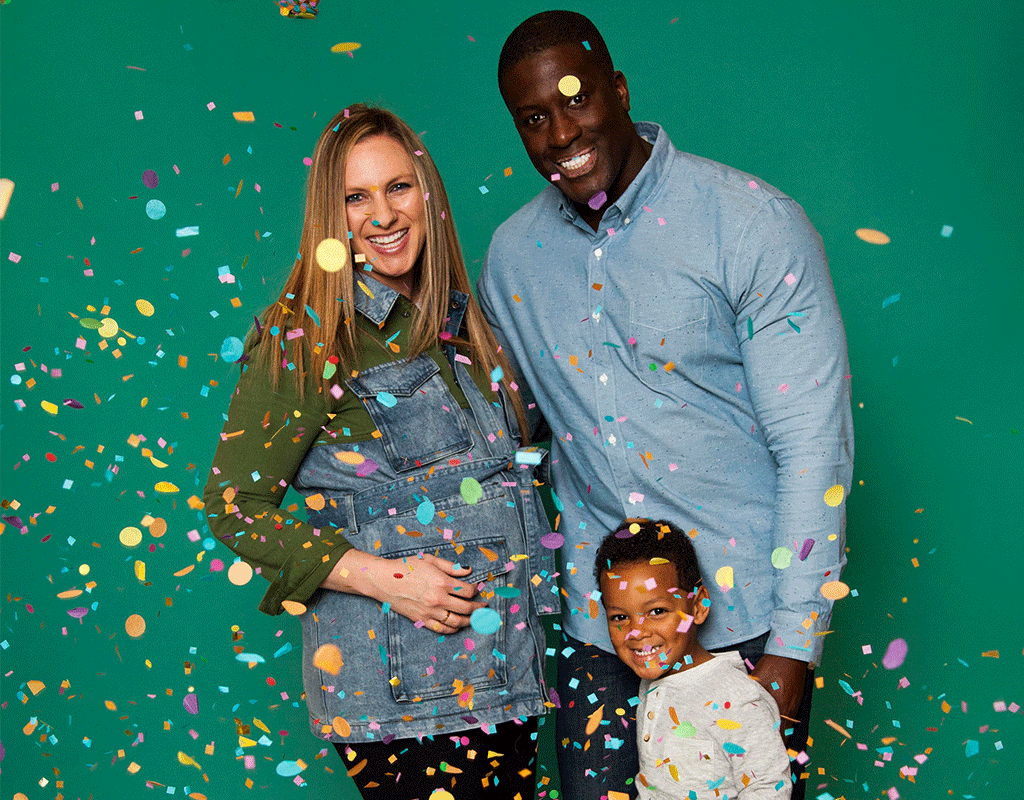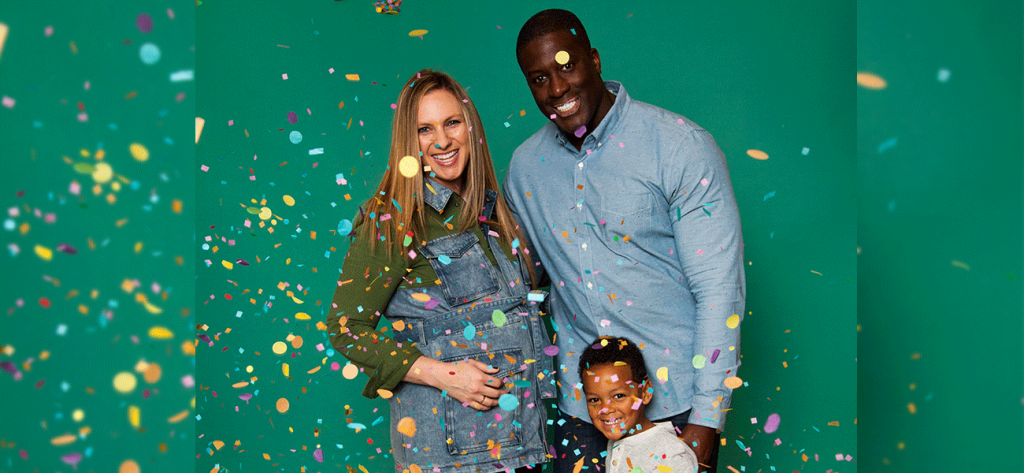By Jody Benjamin, Planning Director
I’m white. My husband is black. Together we are raising a mixed-race son in a pretty mixed up world. We think about diversity and inclusion daily because his future depends on it.
Every day is different. No decision we make is black or white. It’s always a blend of perspectives and personalities. From the books we read to the toys we buy to the schools we choose. We pay extra attention to make sure he feels seen and heard and ultimately welcome.
On his first day in a new classroom my son was stuck to my leg. He would not let go. He was hanging on for dear life. He looked up at me as we entered the classroom and said:
“Everyone is different.”
I replied, “Isn’t it beautiful?”
He smiled, let go of my leg and ran off to play with everyone. He never looked back and neither did I. He felt comforted in a new and diverse environment and as a parent I couldn’t ask for much more.
This simple interaction taught me more than he will ever know, and it is not the only one. Interactions like this one happen often in our lives. Some catch me off guard and it is easy to want to shield him from uncomfortable situations, but each one teaches me how to help him embrace and be proud of his differences without always making him feel different. It’s a balance, but an important one.

We face similar challenges in the PR industry. We’ve all seen the headlines “GEN Z is here, and they are the most racially and ethnically diverse EVER.” As the population becomes more diverse, they are increasingly expecting to see themselves reflected in media and marketing messages. As a marketer and as a mother it is my job to make sure everything we do reflects and represents this cultural shift in the right way. Adapting to a profoundly diverse world is not a strategy – it is a reality. Brands need to do more than think about these differences on a macro level, but thoughtfully consider how and when consumers’ expectations and behaviors are different and when they are the same. They need a believable reason to connect with Gen Z. Make-up, beauty, and fashion are ripe for this type of inclusion, but how this comes to life for categories like financial services, packaged food, and QSR may need to take a different approach. We’ve seen brands get it right and we’ve seen just as many get it wrong. To Gen Z, there’s a huge difference between taking a stand like Fenty Beauty and making a total misstep by not having a diverse team in the room when presenting to Beyoncé like Reebok.
So what brands are relevant to this fast-growing generation? Who is capturing their attention and driving action? Here are a few we can all learn from:
Fenty Beauty
Badass beauty Rihanna connects with Gen Z values including inclusivity, creativity and ethical responsibility. The brand message is simple and powerful. “Fenty Beauty was created for everyone: for women of all shades, personalities, attitudes, cultures and races. I wanted everyone to feel included.” She addressed this cultural shift by creating 50 shades including traditionally hard-to-match skin tones, creating formulas that work for all skin types, and pinpointing universal shades. Rihanna has revolutionized the beauty industry, gaining mega earned media cred and now the biggest beauty brands are following in her footsteps.

Aerie
American Eagle’s lingerie brand Aerie is showing the industry how inclusive imagery is done. Taking an anti-Victoria Secret’s stance, the brand’s latest campaign doesn’t show unrealistic views of what beauty should look like. Instead the brand includes women with a range of disabilities, illnesses, ethnicities, ages and shapes. Wheelchairs, crutches, insulin pumps for Type 1 Diabetes, colostomy bags and mastectomies feature among the diverse group of women of all backgrounds, ages and sizes seen sporting the full product range. Aerie took on a behemoth brand with outdated views and took a progressive stance that is resonating with Gen Z and the media at large.

Marvel
Every kid grows up looking up to superheroes, but not all kids have been able to relate to most of them – until recently. DC comics broke ground with Wonder Woman in 2017 and between now and 2021, the Marvel Cinematic Universe will step up inclusivity considerably. News flash: It took Marvel 18 films to deliver a non-white lead in Black Panther, and 21 before the first female-led feature – this year’s Captain Marvel. 2020’s Black Widow will add another woman as lead focus to the narrative and will also be directed by a woman. We will also see the first deaf superhero, Asian-American superhero and an openly gay superhero. Things are finally changing, and everyone is talking about it. Marvel is giving the next generation a new way to believe in superpowers by watching something powerful happen right in front of them.

Mattel
I’m proud to work at Golin who joined forces with Mattel, Deutsch and Spark this Fall to launch new gender-neutral dolls to reflect how the concept of high-fashion dolls is changing alongside the diverse array of kids that play with them. Through research, Mattel heard that kids don’t want their toys dictated by gender norms. The Creatable World Dolls were designed to “keep labels out and invite everyone in,” as we’ve hit a moment in time where children are deeply in need of this kind of self-expression.
Last year in a “Year of” trend report the Golin planning team identified 2019 as the year gender becomes a 4-letter world, especially to Gen Z where gender fluidity has become the norm. Research shows well over half of younger people know someone who uses a non-gender binary term. As identity becomes less static and more dynamic, the prevalence of gender fluidity will drive conversation and change behavior from both brands and consumers and Mattel is paving the way.

At the end of the day I know my son and Gen Z are different. I truly believe they will use their different to make a difference and stand up for what makes them stand out – showing us all just how powerful Gen Z can really be.
There are many ways for brands and marketers to tap into this power and be culturally relevant during this cultural shift. Just remember they are different, and it really is beautiful. So, let’s make them feel like it.\
Sources/Images: Teen Vogue, Fast Company, UPROXX, Adweek, Stylus, Ipsos Mori, Confetti Project
